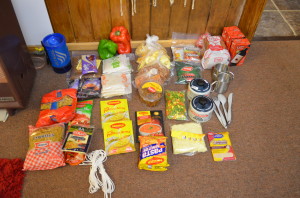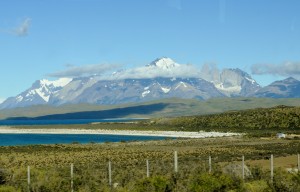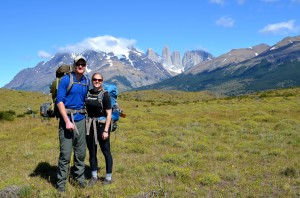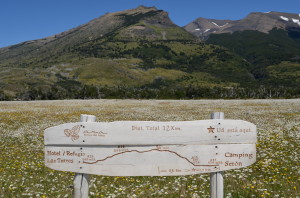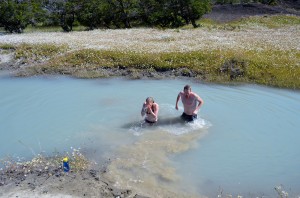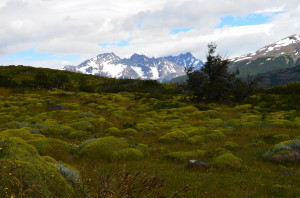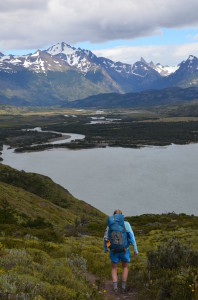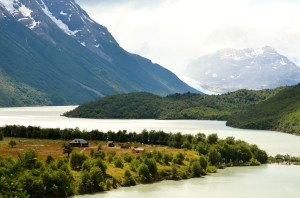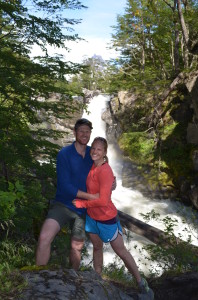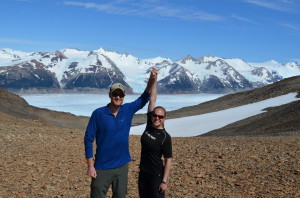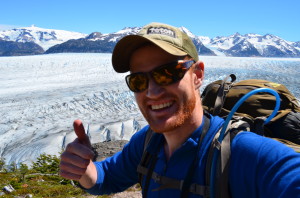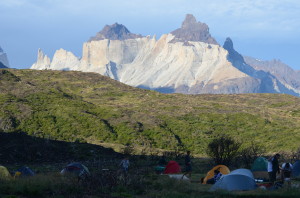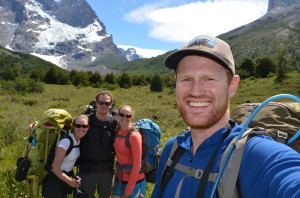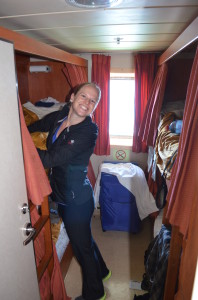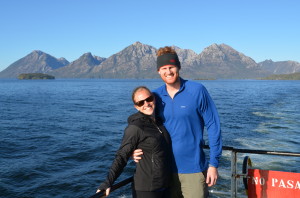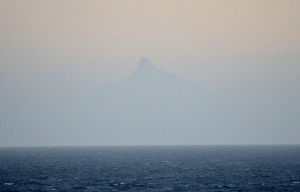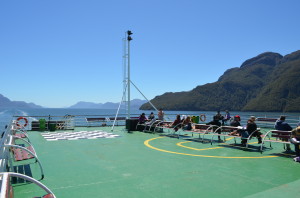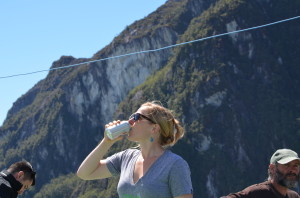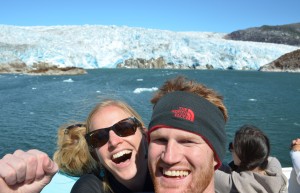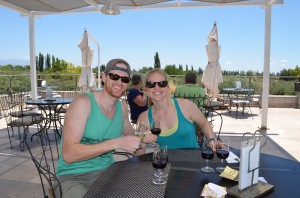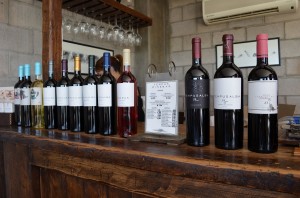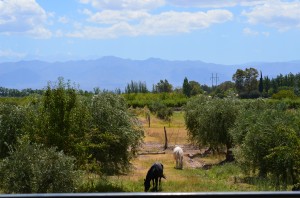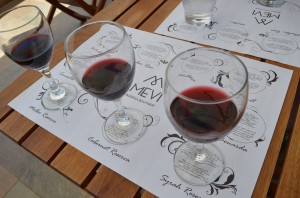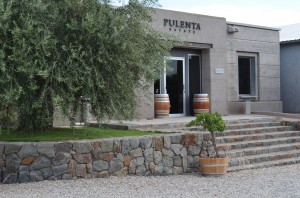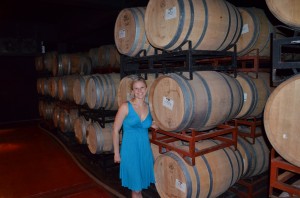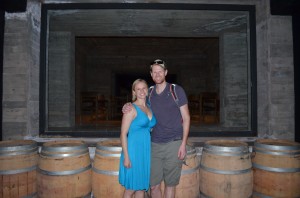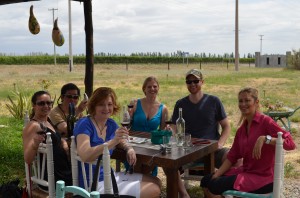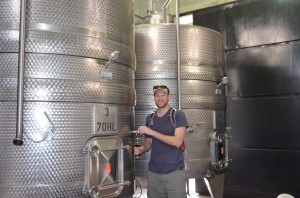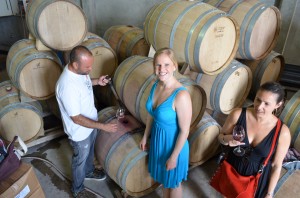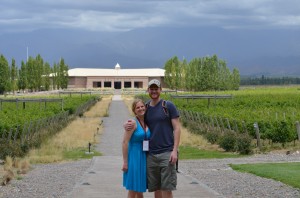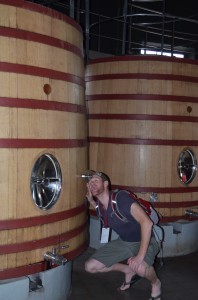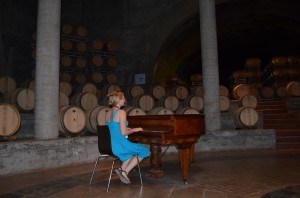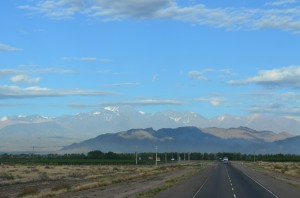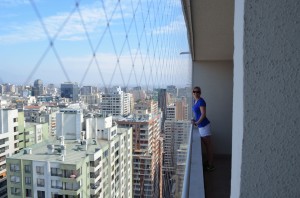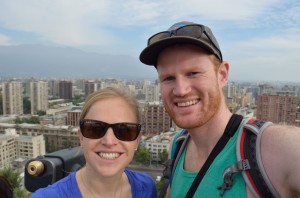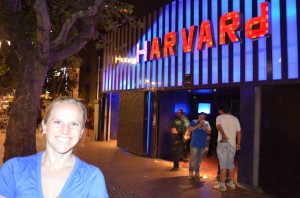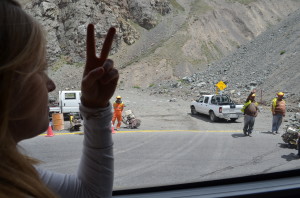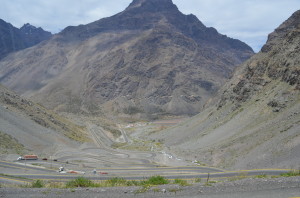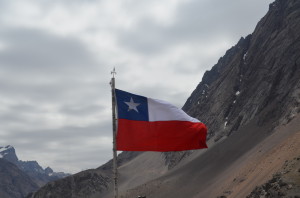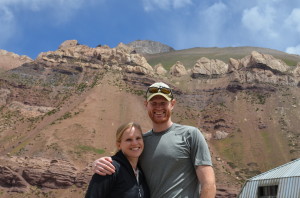After a brief stay in Puerto Natales, we headed to Torres del Paine (“Pie-Knee”) National Park. The park is seen as one of the premier destination in Patagonia and offers a variety of options from day hikes, guided tours, or overnight treks with options to stay in Refugios (like a cabin) or camp on your own. (We promise we didn’t take that straight from the brochure!). Since time is on our side, we chose to camp on the Paine Circuit (100 – 120K and 7 – 10 days), instead of the W circuit (3 – 5 days).
Preparing for the Paine Circuit: Over the past few summers we have got some experience backpacking with our longest overnight trek at 4 days, 3 nights. We weren’t quite sure how to prepare for 7 – 8 days on the trail, but knew that we had to go as minimal as possible to keep our packs some-what “light” weight. Also, we knew that the weather in Patagonia can change by the hour and so we had to be prepared for wind, rain, or even snow. Arlen took this to the extreme and forgot to prepare for the 6 days of sunshine that we did get (he did not bring a single t-shirt! – Lesson Learned #1). But somehow he still managed to get a sunburn under all those long-sleeves!
For food, our plan was to pack breakfast and lunch, and then buy pre-packaged freezer-dried dinners (like the ones you can buy at REI). We started searching around the town of Puerto Natales for “freezer dried” food and soon found out that they don’t exist in Chile – so we had to get creative and put together our own dinners, with precedent given to any kind of noodle that can boil in under 10 minutes. Lesson Learned #2: Read directions carefully. For all 7 lunches we brought what appeared to be bread, PB, and J. Only to find out on day 2 that our PB was actually “Manjar” which more closing resembles caramel. We also bought what appeared to be salt – which was actually “Bicarbonate” or sodium powder. Don’t worry, these mistakes helped Arlen lose 10 pounds in 7 days.
The Trek: On the hike you must camp in designated camping areas, therefore, for most of our days we were trekking with the same group of people. This made the trip much more enjoyable as we had friends to share conversations and vino at the campsites and essential items like blister remedies (much needed for Karen!). Special shout out to Nick & Emily, and Seth & Kara! On a 7 day trek we found that you face a lot of adversity as you are faced with tired legs, sore feet, and terrible allergies. All that aside, we were happy to finish what we set out to accomplish and enjoyed some pretty spectacular scenery along the way.
Without getting too in-depth on the day to day of the trails, we’ll let the pictures speak for themselves. We think they really highlight the 17 ecosystems of Torres del Paine National Park.
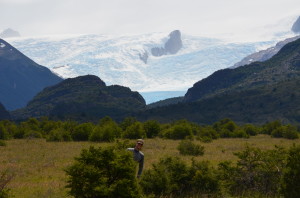
Where’s Arlen? There’s so many glaciers in the park we still can’t find out what the one in the back is called. I guess it was a “small” one?!
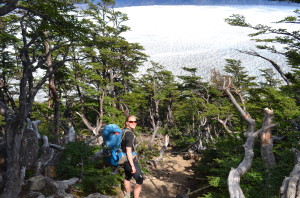
Still going down, 3500 feet of downhill stairs does a number on the legs. The huge snowfield in the back is Grey Glacier.

Day 5 – Campomento Pehoe. Karen really likes this picture because it highlights the different layers of color and the strong turquoise lake.

Looking back towards the glacier in the French Valley. You could see and hear, like thunder, when parts of the glacier fall down the mountain.
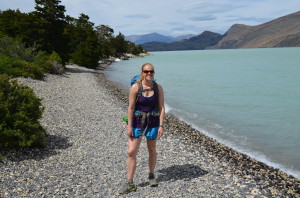
Day 6 – “Pata-Corona” Nick and Arlen’s nickname for their ideal spot for the next Corona commercial. Every time the tide came and went the rocks tumbled over each other with a soothing rumble.
Sorry no finishing photo. Day 7 consisted of a long walk in the rain and 2 bowls of top ramen before our bus picked us up to head back to Puerto Natales.
